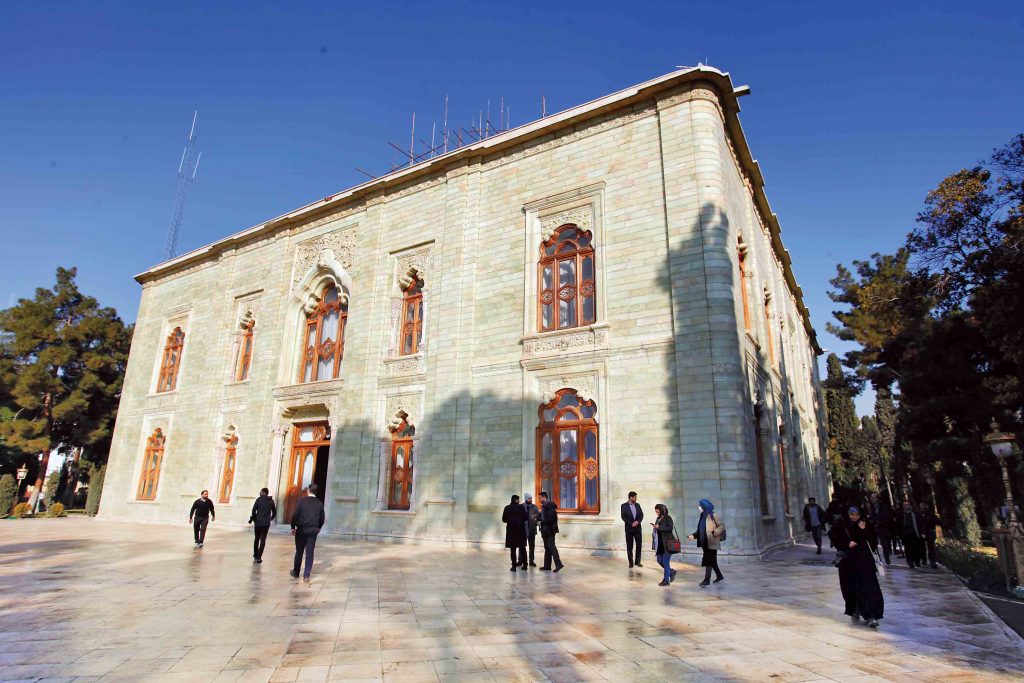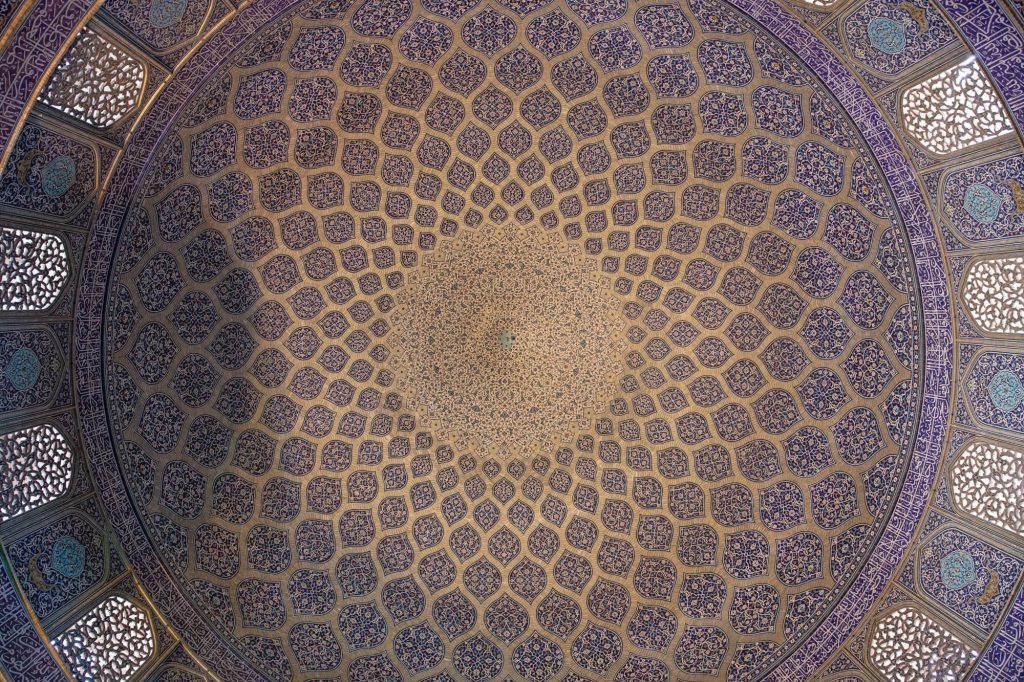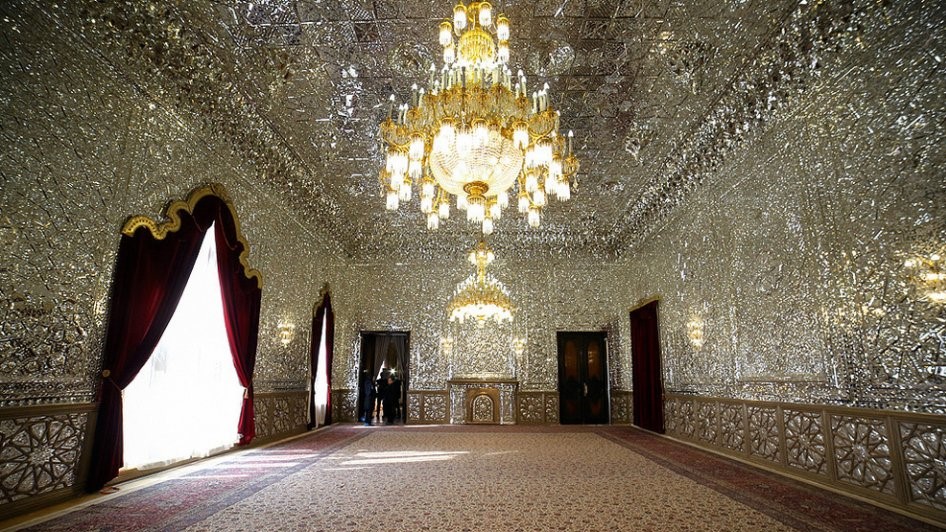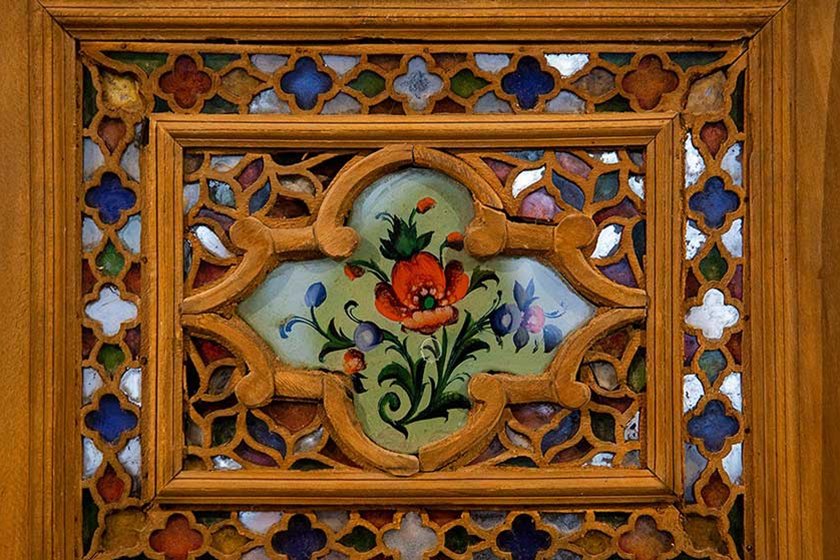Introducing Marble Palace
In Tehran, with the constant traffic and crowds, like other historical cities of Iran, there are many ancient monuments and buildings, leaders of which are the royal palaces left from the Pahlavi and Qajar periods!
Marble Palace is a stunning palace with a facade covered with green marbles, which shows the history and civilization of Iran in the Pahlavi era and can be considered the narrator of the ancient history of Iran.

History of Marble Palace
The palace was the place of work and residence of Reza Shah (The First king of Pahlavi). It is interesting to know that it is quoted that Reza Shah built the Marble Palace to show his power and kingship to the world. The mansion contains a building with an area of 3500 meters.
Marble Palace, in addition to its valuable historical background, is one of the most noteworthy buildings, with the unique and spectacular architecture, in Iran. After Reza Shah, the building was used for a long time as a meeting place for Mohammad Reza Pahlavi with representatives of foreign countries.
A failed assassination endeavour against Mohammad Reza Shah took place in the palace in 1965 A.D and caused the building to be left unused for a long time. In 1976 A.D, the use of the Marble palace was changed by Mohammad Reza Shah, and it was made available to the public as a Pahlavi Museum to make people more familiar with Reza Shah, the founder of the Pahlavi dynasty. Reza Shah’s uniform and hat, which had been shot in the assassination in 1948 A.D, were maintained and exhibited in the museum.
The Pahlavi Museum was closed two years later, at the same time as the Islamic Revolution, and the building was handed over to the authorities. The adventurous spot was finally converted back into a museum in 2019 A.D. The notable thing about the place is that it was visited by the media for the first time in February 1998, after 41 years.

Marble Palace Architecture
The Marble Palace was built during the Pahlavi period in 1937 A.D by Leon Tadousian, an Armenian-Iranian architect, by order of Reza Shah. The architecture of the palace is a combination of Iranian and Western architecture and includes attractive tiles.
The splendour of the building is due to the stunning dome with phenomenal tiles, which is similar to the Sheikh Lotfollah Mosque in Isfahan. The walls around the dome are covered with the most elegant tiles, placed carefully next to each other.
Famous masters and artists collaborated in the construction of the building. Master Khatam, Master Behzad, Master Ahmadi, and Master Lorzadeh Kashi were

some prominent artists who played a role in the construction of the Marble Palace. Eye-catching inlays can be seen in all the halls and furniture of the Marble Palace, which will amaze any viewer.
There is a five-story building below the Marble Palace, known as the Basement of the Palace, where royal jewels were kept in it in the early days. Later the jewels were transferred to the monarchical treasury, and today, the basement is known as the National Quran Museum.

The architecture of the building is very remarkable and attractive. Traditional architecture, delicate tiles, diverse geometric shapes and new architectural styles have given the building a great look and splendour.
There are a unique collection of manuscripts of the Quran and various prayers, Quranic paintings and drawings, exquisite calligraphic works, and ancient copies of the Quran in the basement one and basement two floors. Also, you can find the antiques and valuables such as old dishes, old coins, vases, and engravings, which were discovered in ancient times on the floors that all have been put on public display.


